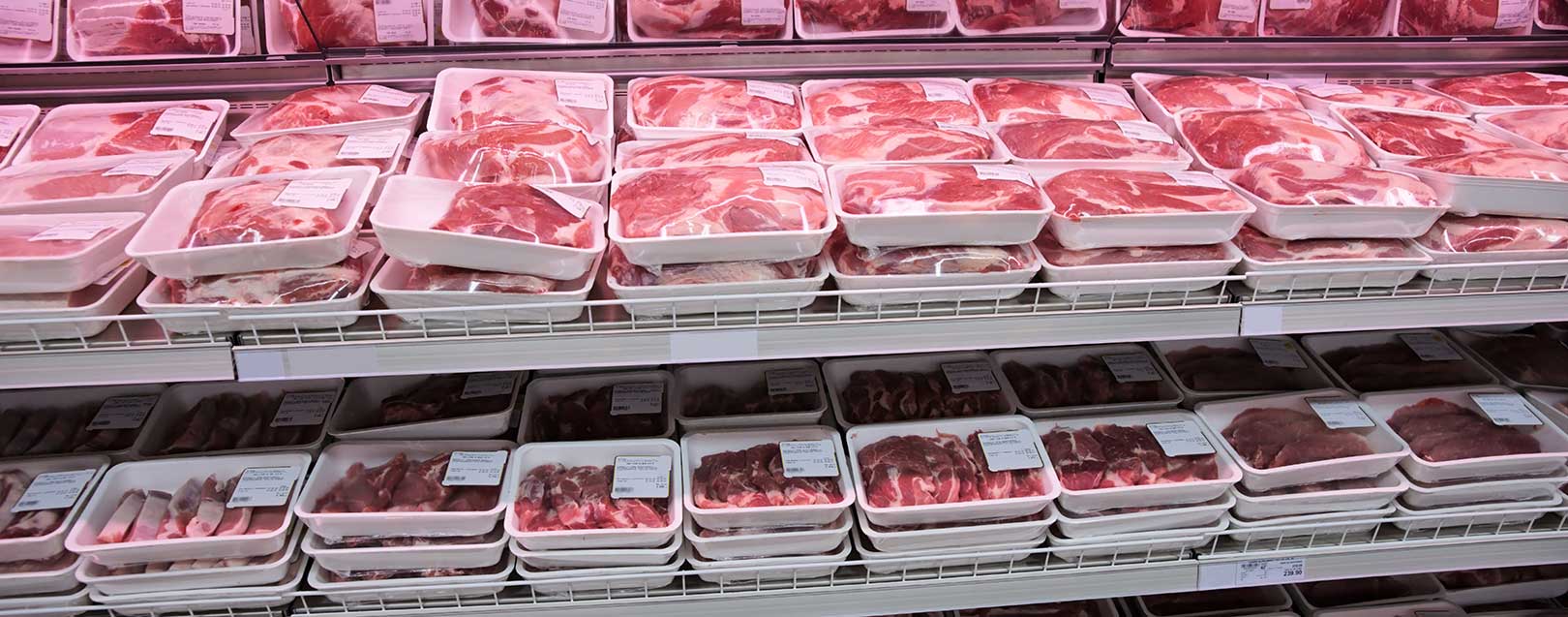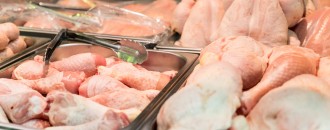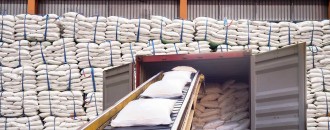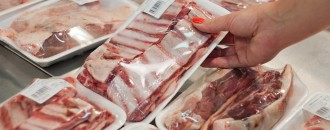
Indian beef non- competitive to US beef exports
The Dollar Business Bureau
India, being the largest beef exporter, is unlikely to challenge American beef exports because of the low quality of meat and absence of appropriate animal healthcare guidelines, says the US Department of Agriculture.
The Indian meat, though is relatively low cost and is non-competitive to US meat exports as the meat does not comply to animal health regulations, which is a growing concern in key markets, said the official report about beef exports from India.
The Indian beef does not meet health standards including mouth and foot disease-free grade, required by markets which import beef and meat from US.
In the markets shared by US and India, the products cater to the needs of different consumer segments.
About 90% of the beef from US reaches to those markets that do not subscribe to Indian beef. However, Indian beef is doing well in markets of developing countries due to its low-cost, said the report titled 'From Where the Buffalo Roam: India's Beef Exports'.
The report stated that the growth in water buffalo meat exports from India is driven by three main factors:
First, the growing demand for relatively cheaper priced meat by middle and low income consumers in developing nations. Second, India’s huge untapped herd of water buffaloes. And lastly with the entry of private sectors, export focused processors have been successful in meeting the needs of developing-nation’s markets needs for their kind of meat.
The rise in demand for beef in India’s export markets, majorly the Middle East, Southeast Asia and Africa, has been relatively strong to those of developed-country markets, said the report while adding that India can benefit from foraying into new markets, like China and Russia.
From supply aspect, concerns over sustainability of recent rise in global demand for meat exports arises and the report details a decrease in the female buffalo herd by 2025 bearing a potential for trade-off between meat and milk production. But this could be rectified by targeting to increase the rearing of heavy male calves which is yet to be seen.





 to success.
to success.